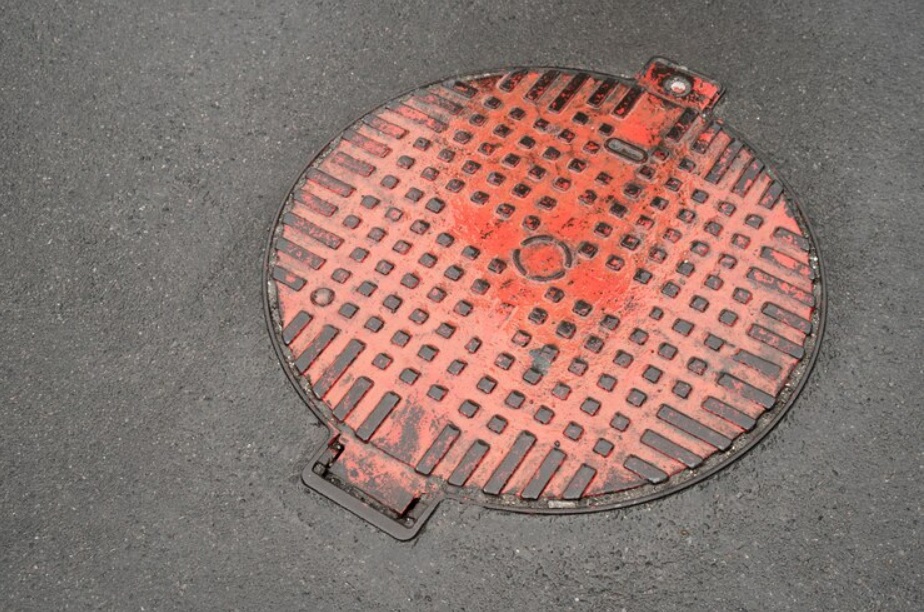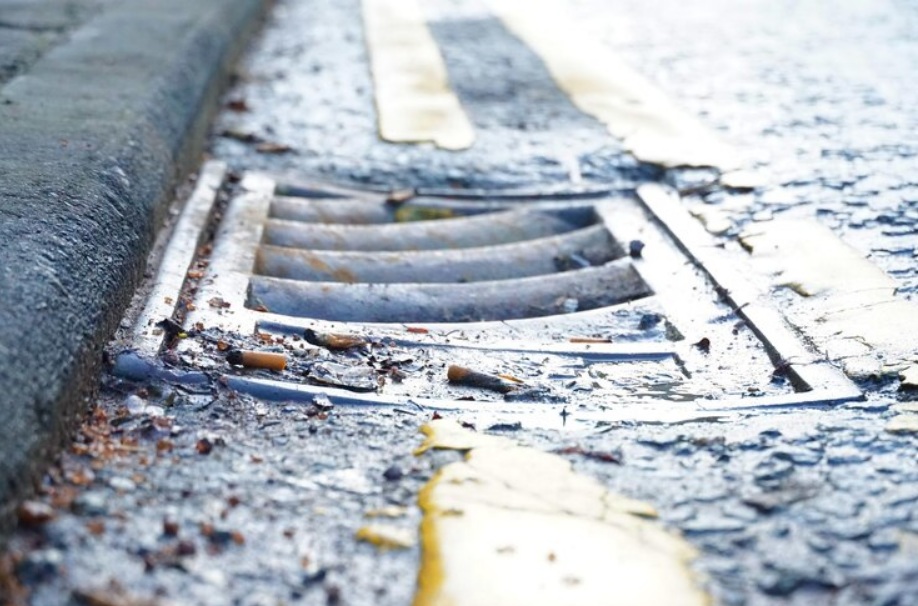Stormwater drainage systems are vital to cities like Perth, especially during its wet seasons. These systems ensure that rainwater is effectively channelled away from urban areas, preventing potential flooding and water damage to infrastructure and homes. With Perth experiencing heavier rain periods due to local weather patterns, understanding the role and importance of these systems becomes even more crucial.
Perth’s unique climate creates challenges that require efficient stormwater management. Unpredictable weather can lead to sudden rainstorms, overwhelming drainage capacities. This makes it imperative to consider how well these systems cope with large volumes of water. By ensuring these drainage systems are functioning optimally, cities can safeguard roads, properties, and the environment from excess water that might otherwise cause significant issues.
How Stormwater Drainage Systems Work
Stormwater drainage systems might seem complicated, but their job is primarily to manage rainwater effectively. They have several key parts that work together:
– Catchments: These include the roofs, roads, and other surfaces where rainwater falls and starts its journey through the system.
– Drains and Gutters: These guide the water from catchment areas toward larger pipes or channels. They’re instrumental in directing water flow to prevent pooling in areas like roads or footpaths.
– Pipes and Culverts: These transport the collected water. Due to their underground placement, these systems remain out of sight while performing the heavy lifting. They carry water safely to its intended destination.
– Outlets: The final stop for rainwater before rejoining natural water bodies or storage facilities. These outlets ensure water flows back into a river, lake, or ocean without causing erosion or ecological disturbance.
In Perth, these systems don’t just manage surface water. They also play a part in protecting the natural water cycle by diverting rainwater safely back into the environment. When heavy rains occur, having an efficient stormwater management system in place helps maintain urban stability and prevents disruptions to daily life. By understanding how these systems operate, we gain better insight into their role in maintaining Perth’s environmental health and urban safety.
Challenges Faced by Stormwater Drainage Systems in Perth
Perth’s landscape and climate create unique challenges for stormwater drainage systems. One major issue is blockages, which can occur from debris, leaves, or even litter accumulating in drains and gutters. Blocked drainage can lead to water overflowing onto streets and properties, causing potential damage and hazardous conditions for traffic. Regular cleaning and inspections are vital to mitigate these blockages.
Flooding is another significant concern. Perth experiences unpredictable weather, with occasional heavy downpours. These intense rainfall events can overwhelm drainage systems that aren’t adequately maintained or designed to handle such volumes, leading to localised flooding. With urban development on the rise, there’s often more concrete and asphalt, which prevents rainwater from easily seeping into the ground, adding extra strain on drainage systems.
Urban planning plays a key role in the effectiveness of stormwater systems. New constructions need careful planning to include sufficient drainage, but older areas might not have the modern infrastructure needed to cope with today’s conditions. As the city grows, balancing development with effective water management remains a continuous challenge.
Benefits of Proper Stormwater Drainage Maintenance
Maintaining these drainage systems properly brings numerous advantages, from preventing costly water damage to enhancing the overall resilience of the city’s infrastructure. Regular upkeep helps keep systems clear of debris, ensuring water flows as intended. This preventive action avoids the need for more drastic and expensive interventions later.
Homeowners and businesses can take simple steps to maintain their local storm drains. These include:
– Regular Checkups: Look for visible debris or blockages around drains and gutters. Clearing leaves and rubbish can prevent clogs.
– Reporting Issues: If you notice persistent water pooling or other signs of drainage problems, report them to local authorities for assessment and action.
– Responsible Waste Disposal: Avoid disposing of oil, chemicals, or other hazardous materials near storm drains. These substances can pollute waterways and harm the surrounding environment.
Proper maintenance not only supports the integrity and reliability of the drainage systems but also reduces the city’s overall environmental impact.
When to Seek Professional Help
Sometimes, despite your best maintenance efforts, drainage problems can arise that require professional expertise. Signs that it’s time to consult an expert include persistent pooling of water, slow drainage, and noticeable damage to drainage covers or pipes. Unpleasant odours or unexpected plant growth around drains can also indicate deeper issues that need professional attention.
Professional services are equipped to identify and fix problems at the source. They have the skills and tools to assess and rectify severe blockages, repair damaged infrastructure, and ensure the entire system functions smoothly. By employing expert help when necessary, you can safeguard your property and contribute to the city’s stormwater management efforts.
Keeping Perth’s Stormwater Drainage Systems Efficient
Proactive maintenance of stormwater drainage systems ensures they remain efficient and effective. By taking small steps, residents and businesses can help maintain the city’s drainage infrastructure and prevent future water management issues.
Regular maintenance checks, timely reporting of problems, and consulting professionals when needed all contribute to a well-functioning drainage system. By being aware of the current state and potential problems, Perth can continue to manage its stormwater effectively, protecting both the environment and urban areas for years to come.
For residents in Perth, prioritising the maintenance of stormwater drainage systems is key to keeping our urban environment safe and functional. Proper care and early interventions can save time and prevent costly damages. If you’re interested in learning how stormwater drainage in Perth can be expertly managed, connect with WASTECO. Our team provides solutions that ensure your drainage systems operate efficiently, safeguarding your property and the environment.





